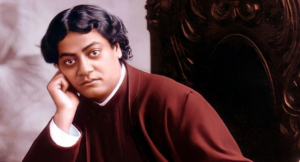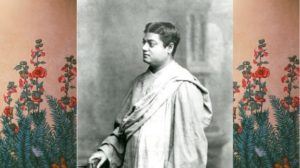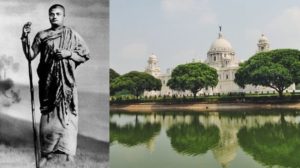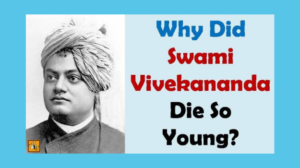The enclosed dialogue with Swami Vivekananda was recorded by his disciple Sharat, at Belur, in the year 1898. In it Swamiji describes in detail his experience of Nirvikalpa Samadhi or complete mergence with “Brahman” or God – the infinite and self-luminous consciousness.
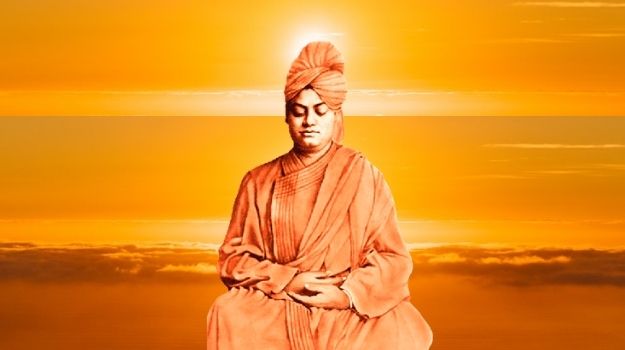
– Swami Vivekananda
Sharat: Sir, as the fruition of great austerities in past lives, I have been blessed with your company. Now bless me that I may not be overcome by ignorance and delusion any more. Now my mind sometimes is seized with a great longing for some direct spiritual realisation.
Swami Vivekananda: I also felt like that many times. One day in the Cossipore garden, I had expressed my prayer to Shri Ramakrishna with great earnestness. Then in the evening, at the hour of meditation, I lost the consciousness of the body, and felt that it was absolutely non – existent.
I felt that the sun, moon, space, time, ether, and all had been reduced to a homogeneous mass and then melted far away into the unknown; the body-consciousness had almost vanished, and I had nearly merged in the Supreme. But I had just a trace of the feeling of Ego, so I could again return to the world of relativity from the Samadhi.
In this state of Samadhi all the difference between “I” and the “Brahman” (God, the Absolute Divine Consciousness) goes away, everything is reduced into unity, like the waters of the Infinite Ocean — water everywhere, nothing else exists — language and thought, all fail there. Then only is the state “beyond mind and speech” realised in its actuality. Otherwise, so long as the religious aspirant thinks or says, “I am the Brahman”–“I” and “the Brahman”, these two entities persist — there is the involved semblance of duality.
After that experience, even after trying repeatedly, I failed to bring back the state of Samadhi. On informing Shri Ramakrishna about it, he said, “If you remain day and night in that state, the work of the Divine Mother will not be accomplished; therefore you won’t be able to induce that state again; when your work is finished, it will come again.”
“The highest spiritual experiences can only be known in that state of consciousness which in Sanskrit is called Samadhi. Samadhi is a state quite other than that of waking, dreaming or dreamless sleep; it has been described as superconsciousness. In Samadhi, a man knows his absolute identity with the Atman (Soul), which is his real nature.
Samadhi goes beyond all sense-experiences. It is in its highest form a state of total knowledge, in which the knower and the thing known become one. This is Nirvikalpa Samadhi. The so-called lower Samadhi, Savikalpa, is that in which the sense of duality is not yet quite lost; knower and known are still separated, but only, as it were, by a thin pane of glass. The mystic who has reached the lower Samadhi is almost certain to be able to pass on to the higher, if he desires it.
Outwardly, Samadhi appears to be a state of unconsciousness, since the mind of the experiencer is entirely withdrawn from the outer world. Therefore it is often referred to as a `trance’. But, in fact, Samadhi is a state of awareness unimaginably more intense than everyday consciousness. It is the very opposite of a trance, which, in its primary meaning at least, is a condition of stupor, or bewilderment.”
– Christopher Isherwood in his book: Ramakrishna and his Disciples


